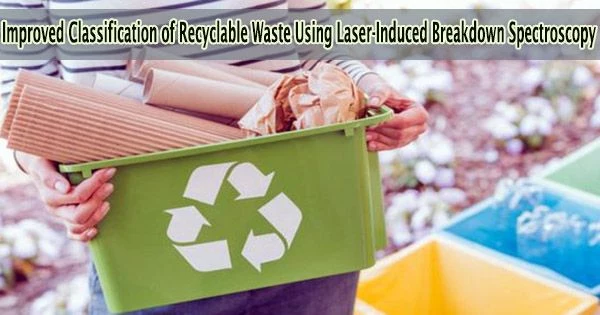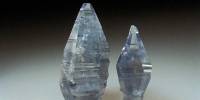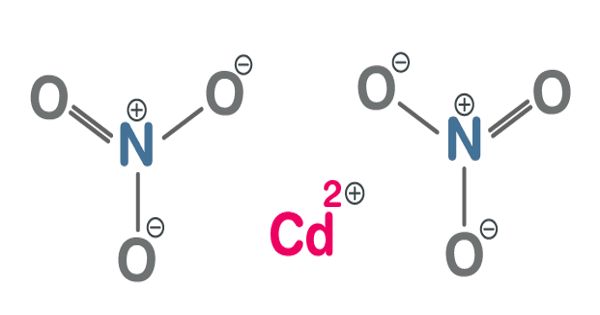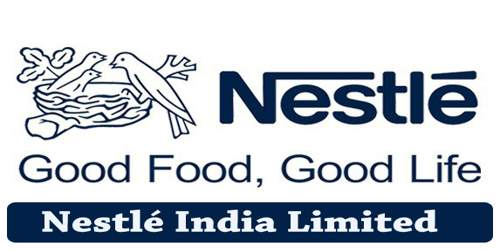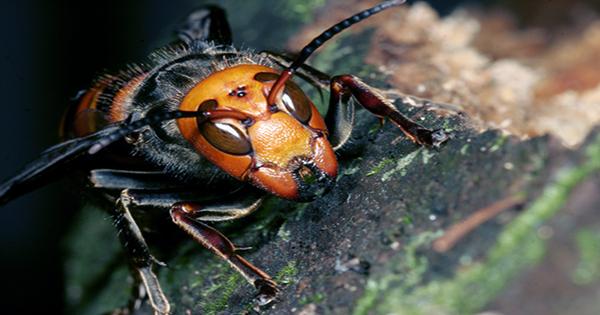Accurately managing and classifying garbage for reuse is becoming more and more difficult in the sake of environmental preservation. In order to address this problem, scientists from Hefei University of Technology in China have started an innovative trash management project. They are looking for practical solutions that will make the identification and classification of recyclable waste easier and more accurate.
In order to identify and classify recyclable garbage, the researchers investigated the use of laser-induced breakdown spectroscopy technology. They discuss their study in AIP Advances, published by AIP Publishing, and dug deep into the complexities of waste management.
They gathered and examined the spectra of 80 samples of recyclable garbage, dividing them into the following categories based on their LIBS spectra: paper, plastic, glass, metal, textile, and wood. This big step toward waste management optimization shows a considerable advancement in resource efficiency and environmental sustainability.
“We have used LIBS technology for the first time to identify and classify recyclable waste,” said author Lei Yang. “This method has accurate, reliable, fast detection results, and can achieve automatic detection.”
What surprised us the most was that by using LIBS technology for classification and recognition without any preprocessing of the waste object, the results are satisfactory.
Lei Yang
The researchers further divided metals and plastics into subgroups due to the complexity of waste materials and the value of proper classification. Accurate identification and classification are essential to finding effective waste management strategies since each subclass of garbage has a distinct potential for specific reuse and recycling techniques.
To advance the identification process, the research technique used a variety of machine learning models. Among the explored models, the combination of linear discriminant analysis (LDA) and random forest (RF) emerged as the most optimal for classifying recyclable waste.
Additionally, a principal component analysis and RF combination was found to be the most efficient for subclassifying metals and polymers.
The model of LDA with RF’s astounding accuracy of 100% in categorizing recyclable material astounded the researchers. For subclassifying metals and plastics, the model of PCA(9D) + RF scored the highest accuracy. These results indicate the potential of this method in improving recycling efficiency and waste management practices.
“What surprised us the most was that by using LIBS technology for classification and recognition without any preprocessing of the waste object, the results are satisfactory,” Yang said.
The team is keen to continue its work in the future, encouraged by the encouraging results of their research. By including other trash types, such as kitchen waste, and more waste samples, they hope to improve their study.
Additionally, they want to use LIBS to understand transparent glass detection better, creating new opportunities for recycling and trash management.
